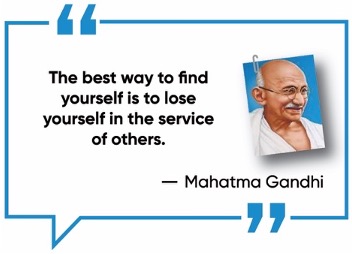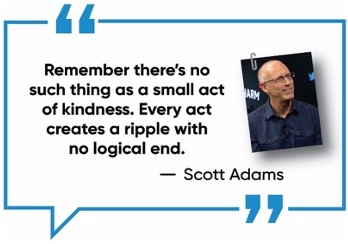Introduction
In a case related to Good Samaritan, the Delhi High Court observed that a person who chooses to help a person in distress should not be harassed for showing kindness. Further, HC said that helping an injured on a public road/highway is the prime duty of everyone.

Stakeholders and their Interests | |
Stakeholder | Interests |
Good Samaritan |
|
Person in need |
|
Government |
|
Police/Other authorities |
|

Issues which hinder acts of Good Samaritan
- Indifference: In times of need, people give priority to their interests in comparison to the urgency of saving a human life.
- For instance, if an individual is going for an important business deal and s/he encounters an accident, the indifference can be reflected here.
- Selfishness/unsympathetic: In modern times, self-centric tendencies have increased. E.g. In a recent accident, people were taking selfies and making videos instead of helping them.
- Bystander apathy: leads to diffusion of responsibility that occurs when multiple people are present believing that someone else will take the action.
- Unfavourable public judgment: Fear of unfavourable public judgement wherein people feel they would be considered the culprit.
- Legal Issues: Fear of being trapped in legal matters creates resistance among people to come forward and help others.
- In many cases, it has been found that police harass Good Samaritans through different means such as asking them to take care of injured people, pay hospital bills, become eyewitnesses etc.

Good Samaritan and Legal Provision in India
|

How we can promote the culture of Good Samaritan in India?
- Reforms in Law: Stringent provisions in Motor Vehicles Act, 1988 can be added for the protection of the Good Samaritan.
- It will motivate people to come forward and help others.
- Display ‘Charter of Rights’ for Good Samaritans in the hospitals and police stations, as mandated by the Supreme Court.
- Rewards/Recognition for Good Samaritans: Operant conditioning, also referred to as instrumental conditioningor Skinnerian conditioning, can be used in this regard.
- It is a method of learning that uses rewards and punishment to modify behaviour.
- Public Awareness: It will help in promoting values like empathy, kindness, and the importance of helping others from a young age.
- Familiarise Health Workers and Police about the Good Samaritan Law, court decisions, guidelines and standard operating procedures
- Different mediums can be adopted for it such as cinema, theatre etc.
- Adoption of Best Practices: Canadian states have provisions of no liability for emergency aid by Samaritans unless gross negligence is observed.

Check Your Ethical AptitudeYou are aspiring to become an IAS officer and you have cleared various stages of the examination and now you have been called for the personality test. On the day of the interview, on the way to the venue you saw an accident where a mother and child were badly injured. On the basis of the case, answer the following questions: What would you have done in such a situation? Justify your action. |



